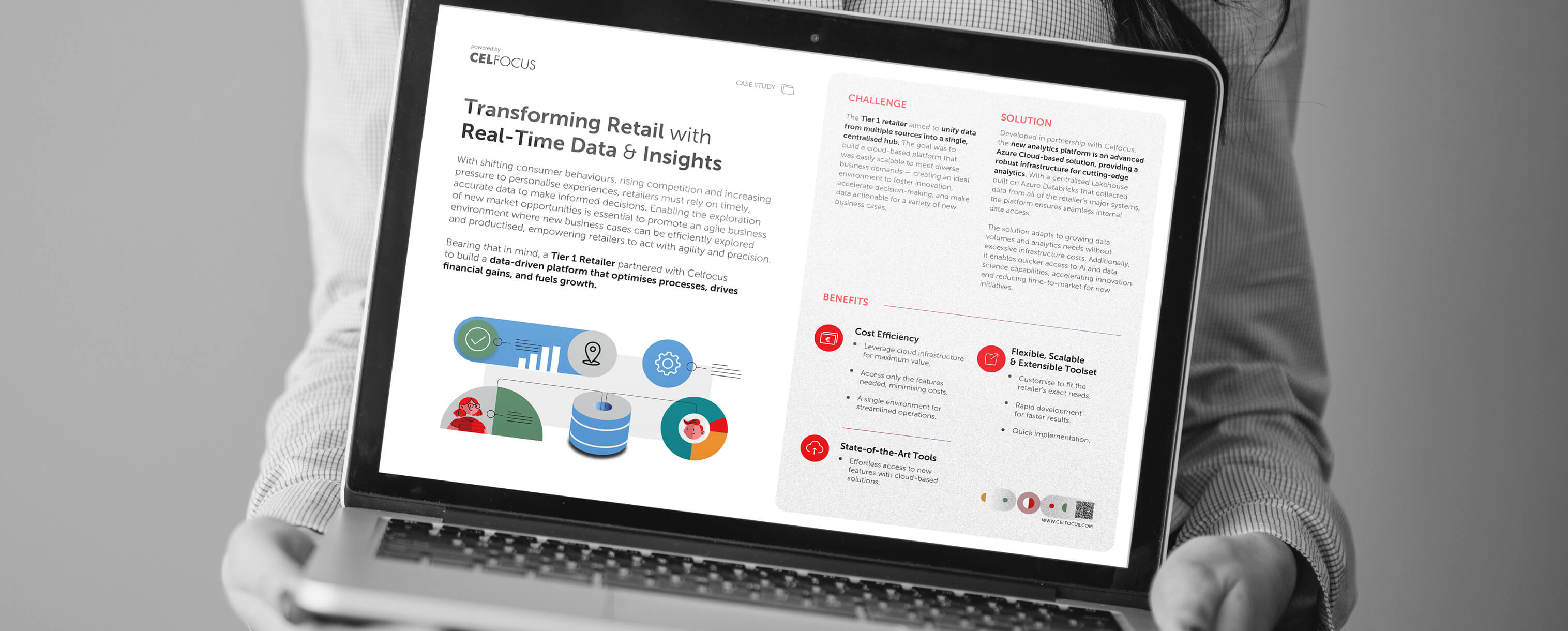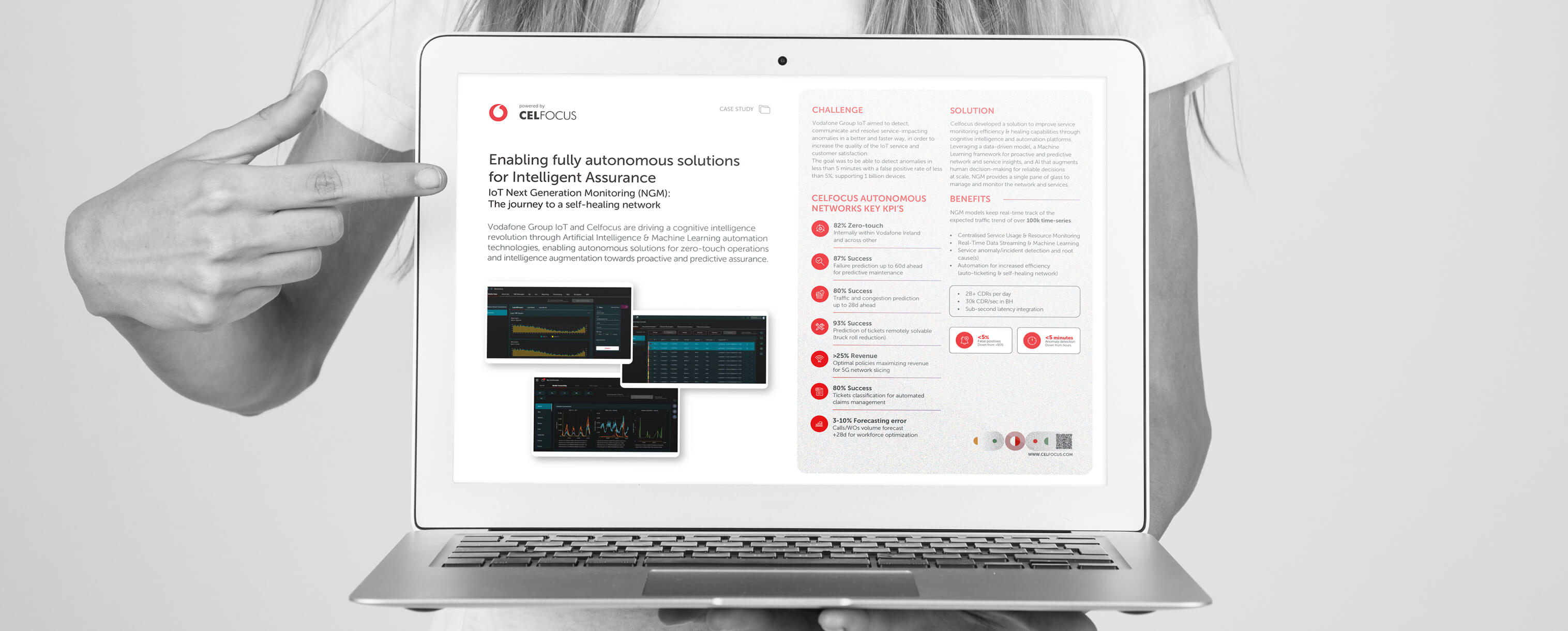|---Module:text|Size:Small---|
Artificial Intelligence (AI) is seen as the next big thing across industries and the Financial Services sector is one of the two leading sectors investing in and adopting AI. The fact that AI processes are much more efficient in identifying data patterns than humans leads organisations to include AI in their business strategy, allowing them to understand their target audience and gain insights.
Some numbers
A study conducted by PwC revealed that 52% of the financial services institutions have been making considerable investments in AI and 72% of business decision-makers assume that AI will be the business advantage of the future. Besides, global investment in AI is set to hit USD 98 billion by 2023, according to the International Data Corporation.
How AI is impacting the banking industry
Artificial Intelligence uses deep learning, predictive analytics and machine learning for an improved banking experience. Thanks to AI, fraud detection, risk assessment, cost reduction and enhanced customer experience are achieved.
In fact, the Banking industry benefits from AI in combating frauds and hacks while adhering to Know Your Customer (KYC) and Anti-Money Laundering (AML) compliance regulations. Besides, Machine Learning (ML) has become an important feature in Banking, leading to infinite possibilities as it continues gaining ground.
According to Forbes, particularly large banks are industry leaders adopting AI. Their goals? To stay ahead of the competition, provide greater customer service to customers, present more relevant services and offerings, and ultimately to help to transform many back-end processes.
Deloitte surveyed 206 US Financial Services executives in 2018 to understand how their companies are using AI technologies and the impact it’s having on their business. The report was able to identify some key characteristics of the different respondents:
- Embed AI in strategic plans, “integrating AI into an organisation’s strategic objectives has helped many frontrunners develop an enterprise-wide strategy for AI, which different business segments can follow. The greater strategic importance accorded to AI is also leading to a higher level of investment by these leaders”;
- Apply AI to revenue and customer engagement opportunities, “most frontrunners have started exploring the use of AI for various revenue enhancements and client experience initiatives and have applied metrics to track their progress”;
- Use multiple options for acquiring AI, “frontrunners seem open to employing multiple approaches for acquiring and developing AI applications. This strategy is helping them accelerate the adoption of AI initiatives via access to a wider pool of talent and technology solutions”.
Furthermore, still according to Deloitte, banks can unlock opportunities by placing AI on top of the banking data in four ways:
- Personalisation, “AI can generate customer insights that can be used for personalised communication, advice, offers and services”;
- Productivity gains, “nearly the top 20% of back-office work accounts for 85% of the cost. Labour-intensive work like compliance reporting, new customer onboarding communications, and documentation can become highly accurate and efficient with AI-powered automation”;
- Fraud detection and compliance, “fraud detection has been the hotspot for AI application in banking. AI’s increased potential for real-time sensing and improved ability to spot anomalies make it highly valuable in this regard”;
- Customer recommendation, “AI can enable banks to provide quality advice to customers by removing ‘human error’. AI-powered personalised finance management tools hold great potential in the market”.
However, as Deloitte advances, despite all the eagerness to cater to the benefits of AI, banks tend to be slower to adopt new solutions. In fact, according to McKinsey estimates, banks don’t realise the value of more than 80% of the total data collected by them. Also, while the foundations are in place, the banks have been following a watch-learn-act approach.
In Part 2 of this article we share the impact of AI on the Customer Experience, as well as the role that IT Service Providers may play.
References
- https://business-review.eu/tech/worldwide-spending-on-artificial-intelligence-systems-to-approach-usd-98-billion-in-2023-idc-finds-204490
- https://www.pwc.com/gx/en/industries/financial-services/assets/pwc-global-fintech-report-2017.pdf
- https://www.forbes.com/sites/cognitiveworld/2020/04/05/why-ai-is-transforming-the-banking-industry/#389767c07dd6
- https://www2.deloitte.com/content/dam/insights/us/articles/4687_traits-of-ai-frontrunners/DI_AI-leaders-in-financial-services.pdf
- https://www2.deloitte.com/content/dam/Deloitte/ca/Documents/audit/ca-audit-abm-scotia-ai-in-banking.pdf






















